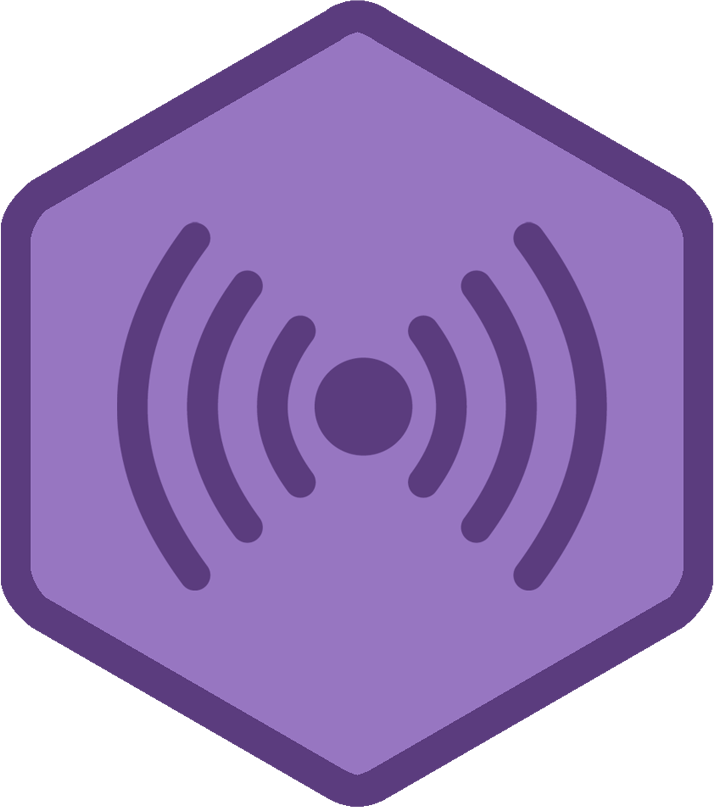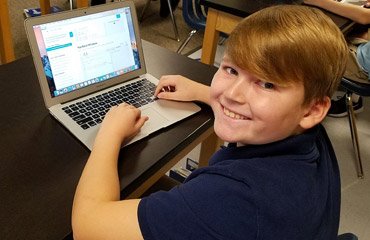Students plan and execute two major projects: one utilizing the micro:bit’s Bluetooth radio communications, the other using more advanced Python tools including classes and logic trees.
Students review the full range of Python coding skills taught in this introductory sequence, from basic syntax and variable types through complex control statements. They will learn to use classes, an intermediate level coding tool which allows for related data and functions to be grouped together and easily reused. With their basic coding toolkit now complete, students will develop and produce two significant capstone projects. The first is a physical computing project using micro:bit boards in which students create a distributed network of physical intrusion detectors that communicate with one another over Bluetooth radio. The final project is an open-ended, real-world project for which students must design, test, iterate, and implement a working solution.



